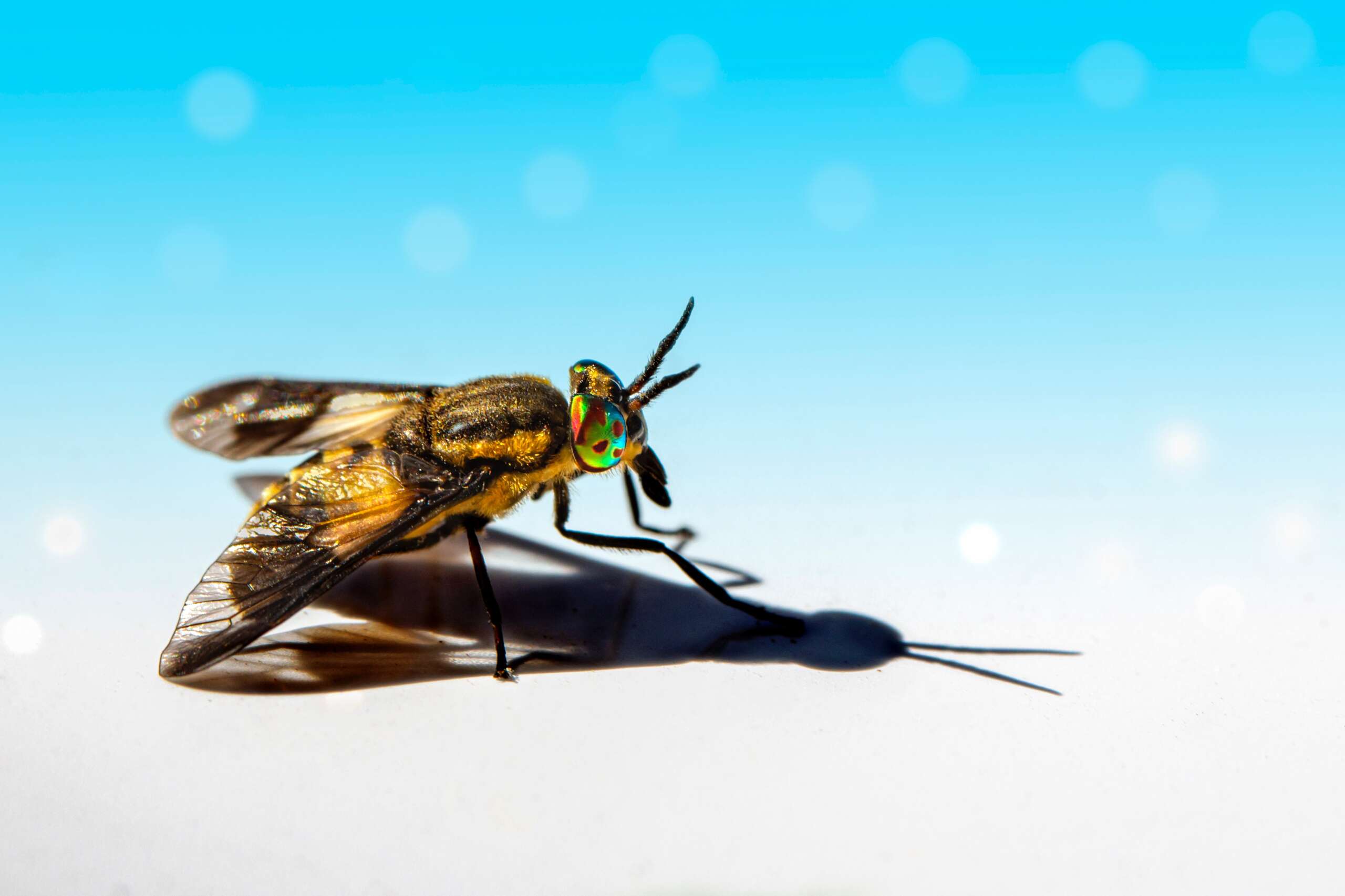
Biting Flies in Northeast Ohio: The Ultimate Prevention and Control Guide
Table of Contents

Biting flies can turn a peaceful outdoor experience in Northeast Ohio into a frustrating ordeal. These pesky insects not only inflict painful bites but can also transmit diseases. To help you enjoy the great outdoors without the nuisance of biting flies, this article provides valuable insights, prevention tips, and effective control measures. Discover how to protect yourself, your family, and your pets from these relentless pests.
Understanding Biting Flies in Northeast Ohio
Identifying Common Biting Flies
The first step in combatting biting flies is to identify the specific types that are prevalent in Northeast Ohio. Some of the most common biting flies in this region include:
- Black Flies (Simulium spp.): These small, dark-colored flies are notorious for their painful bites. They are typically active during the warmer months, particularly around flowing water sources such as rivers and streams.
- Stable Flies (Stomoxys calcitrans): Often mistaken for common houseflies, stable flies are bloodsucking insects with a painful bite. They are commonly found near livestock, particularly in rural areas.
- Deer Flies (Chrysops spp.): These large, dark flies are frequently encountered in wooded areas and near bodies of water. Deer flies are known for their aggressive biting behavior and are attracted to movement and dark colors.

Understanding Biting Fly Behavior
To effectively prevent and control biting flies, it’s crucial to understand their behavior. Biting flies are most active during the warmer months, preferring hot and humid conditions. They are attracted to carbon dioxide, body heat, movement, and certain scents, making humans and animals prime targets.
Prevention Tips to Keep Biting Flies at Bay
Protective Clothing and Repellents
Wearing appropriate clothing can provide a physical barrier against biting flies. Opt for long sleeves, pants, and socks to minimize exposed skin. Additionally, applying an effective insect repellent containing DEET or picaridin on exposed skin can significantly reduce biting fly encounters.
Timing and Location
Biting flies are more active during certain times of the day. Whenever possible, plan outdoor activities during periods when biting fly activity is relatively low, such as early morning or late evening. Avoid areas with standing water, dense vegetation, and livestock, as they are prime breeding and feeding grounds for these pests.

Effective Control Measures for Biting Flies
Eliminate Breeding Sites
Reducing the population of biting flies starts with eliminating their breeding sites. Regularly inspect your property for stagnant water sources, such as birdbaths, clogged gutters, or puddles. Empty or treat these areas to prevent fly larvae from developing into adults.
Install Physical Barriers
Protecting outdoor spaces with physical barriers can help keep biting flies at bay. Install fine mesh screens on windows and doors to prevent them from entering your home. If you have an outdoor seating area, consider using mosquito netting or screened-in enclosures to create a bite-free zone.
Attract Natural Predators
Encouraging natural predators of biting flies can assist in controlling their population. Beneficial insects like dragonflies and certain bird species feed on these pests. Create an inviting environment for these predators by incorporating native plants and providing birdhouses or water features.
Professional Pest Control
If biting flies become overwhelming despite your best efforts, it may be necessary to seek professional pest control services. Pest Asset can assess the severity of the infestation and employ targeted treatments to eliminate biting flies effectively.
Conclusion: With a comprehensive understanding of biting flies and practical prevention and control measures, you can reclaim your enjoyment of Northeast Ohio’s great outdoors. By implementing these strategies, such as wearing protective clothing, using repellents, and eliminating breeding sites, you can significantly reduce biting fly encounters. Remember to stay vigilant and employ multiple approaches for optimal results. With the knowledge gained from this guide, you’re well-equipped to keep biting flies at bay and make the most of your time spent outside in beautiful Northeast Ohio.


